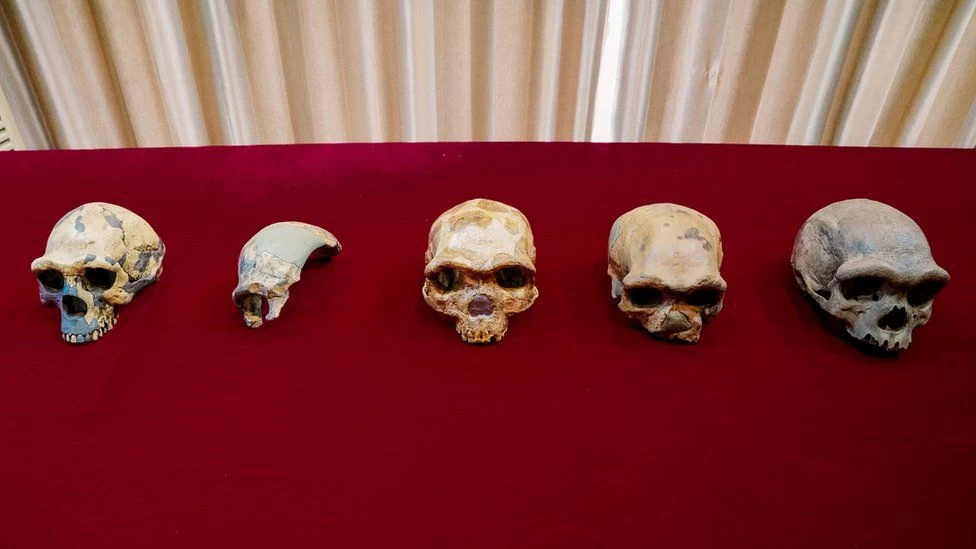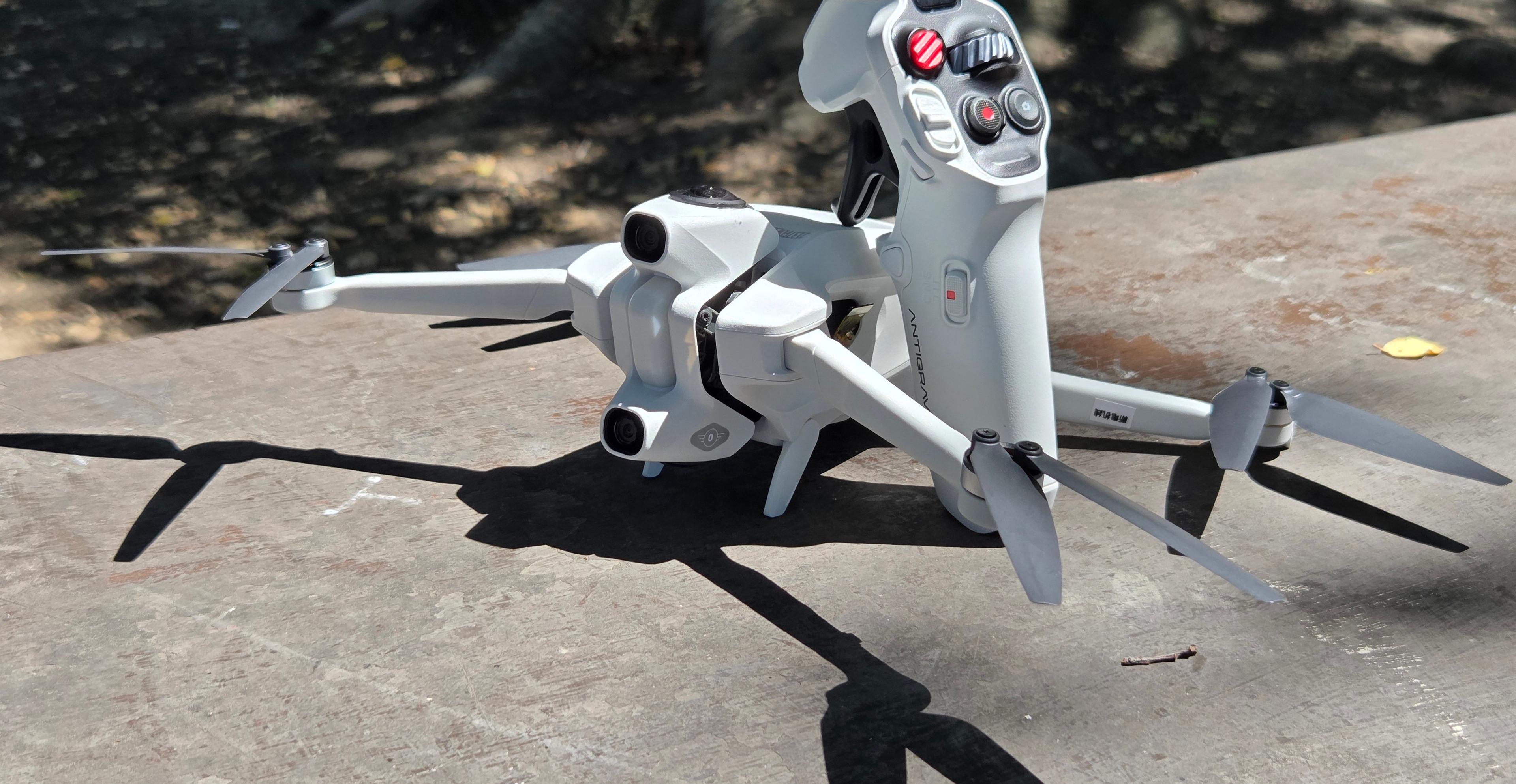- Home
- Technology
- News
‘Dragon Man’: New type of ancient human discovered in China
Chinese researchers have discovered a preserved skull of human which is more than 140,000 years old. The discovery represents a new species of ancient people more closely related to us.

As per scientists, the skull belongs to a large-brained male in his 50s with deep-set eyes and thick brow ridges.
The face was wide and had flat, low cheekbones that made him resemble modern people more closely than other extinct members of the human family tree.
The team of researchers has claimed that it is our closest evolutionary relative among known species of ancient human, such as Neanderthals and Homo erectus.
The scientists gave it a name, ‘Dragon Man’ as the specimen represents a human group that lived in East Asia at least 146,000 years ago.
The name is derived from Long Jiang, which literally meaning ‘Dragon River’.
Earlier, it was found at Harbin, north-east China, in 1933, but only came to the attention of scientists more recently.
The researchers claim the form of ancient human on the far left may have evolved into the relatively modern Dragon Man on the far right over millions of years

The researchers say the discovery has the potential to rewrite the story of human evolution.
They have assigned the specimen to a new species, Homo longi, from the Chinese word "long", meaning dragon.
The skull is huge compared with the average skulls belonging to other human species. Its brain was comparable in size to those from our species.
More than 100,000 years ago, several human species coexisted across Eurasia and Africa, including, Neanderthals and Denisovans. The ‘Dragon man’ might now be added to that list.

Anti-state elements to be held accountable: Kh Asif
- 9 hours ago
Pakistan Army remains focused on internal, external challenges: Field Marshal
- 14 hours ago

Gold prices plunge in Pakistan, global markets
- 13 hours ago
Erdogan warns Black Sea should not be ‘area of confrontation’ after strikes
- 12 hours ago
Renowned motorcar stuntman Sultan Golden breaks two world records
- 10 hours ago

Tremors felt in Balochistan's Barkhan, surroundings
- 8 hours ago

Blame Republicans for our health insurance mess
- a day ago
A great night for Kent, but another stain on the Hall of Fame
- 13 hours ago

The Kennedy Center Honors continue Trump’s vengeance on liberal Hollywood
- a day ago

3 theories that explain Trump’s collapsing support
- a day ago

The alarming rise in antibiotic use by the meat industry
- a day ago
Inclusion of Parekh, Misa is a step in right direction for Canada at World Juniors
- 17 minutes ago












